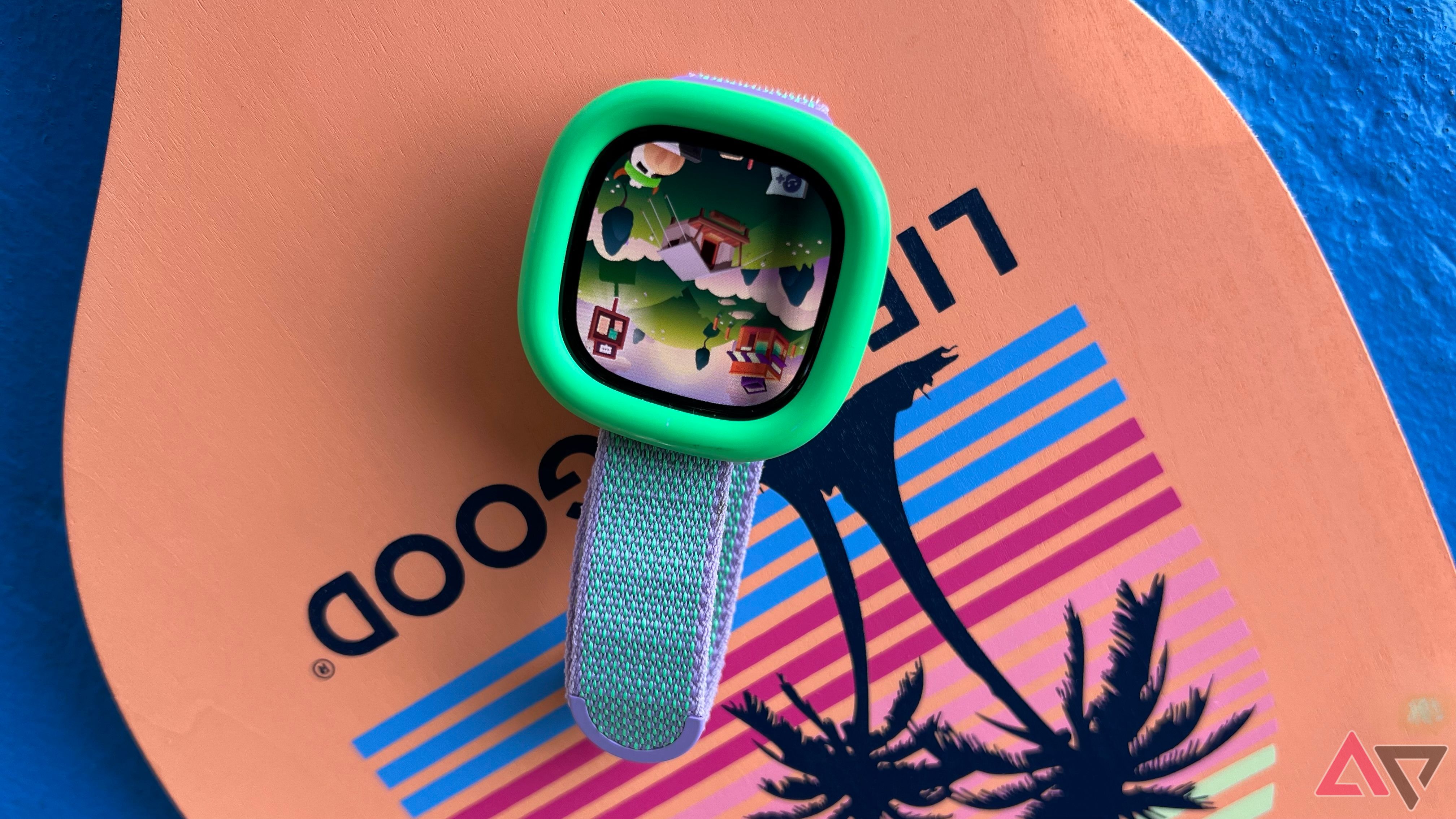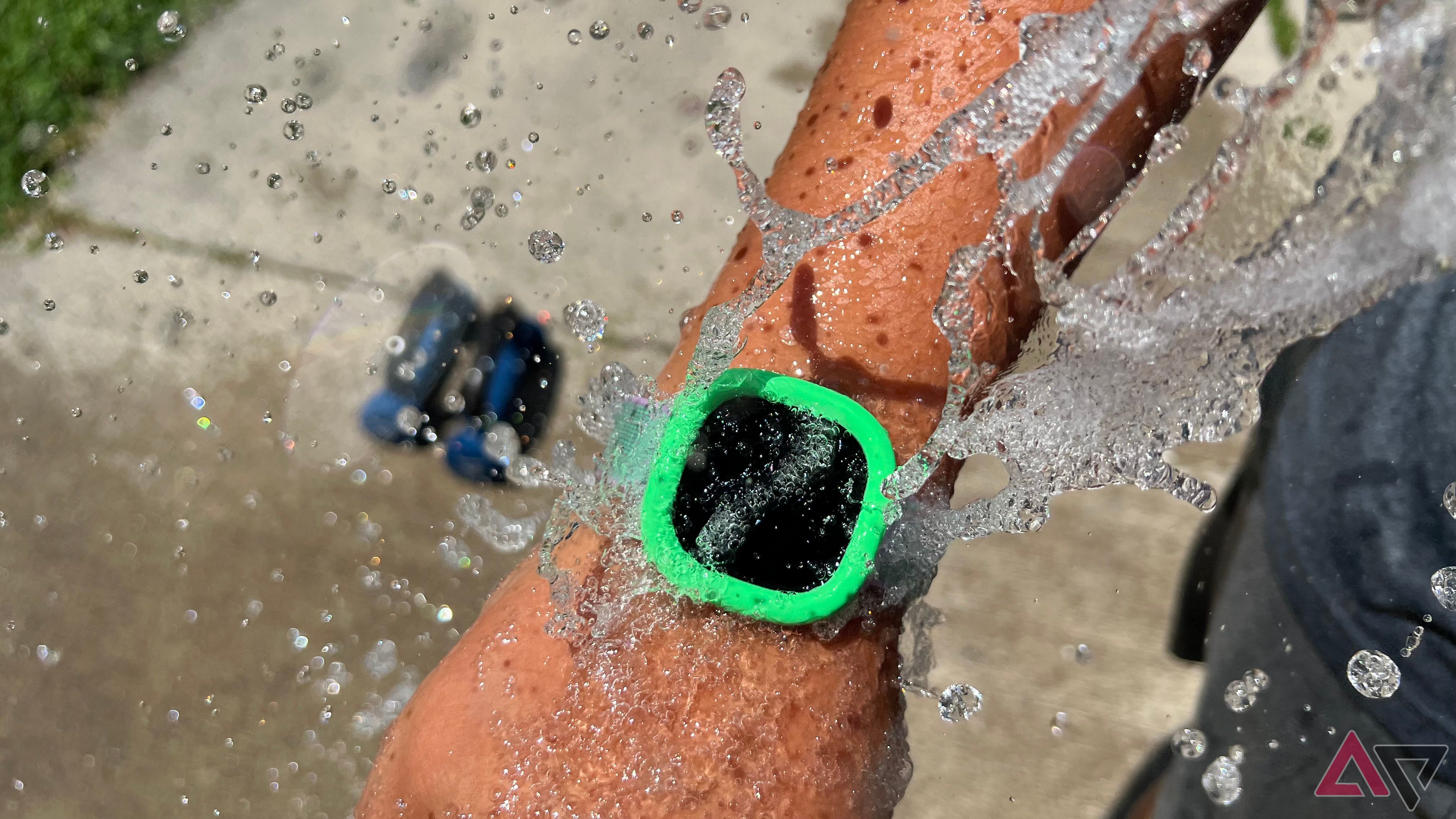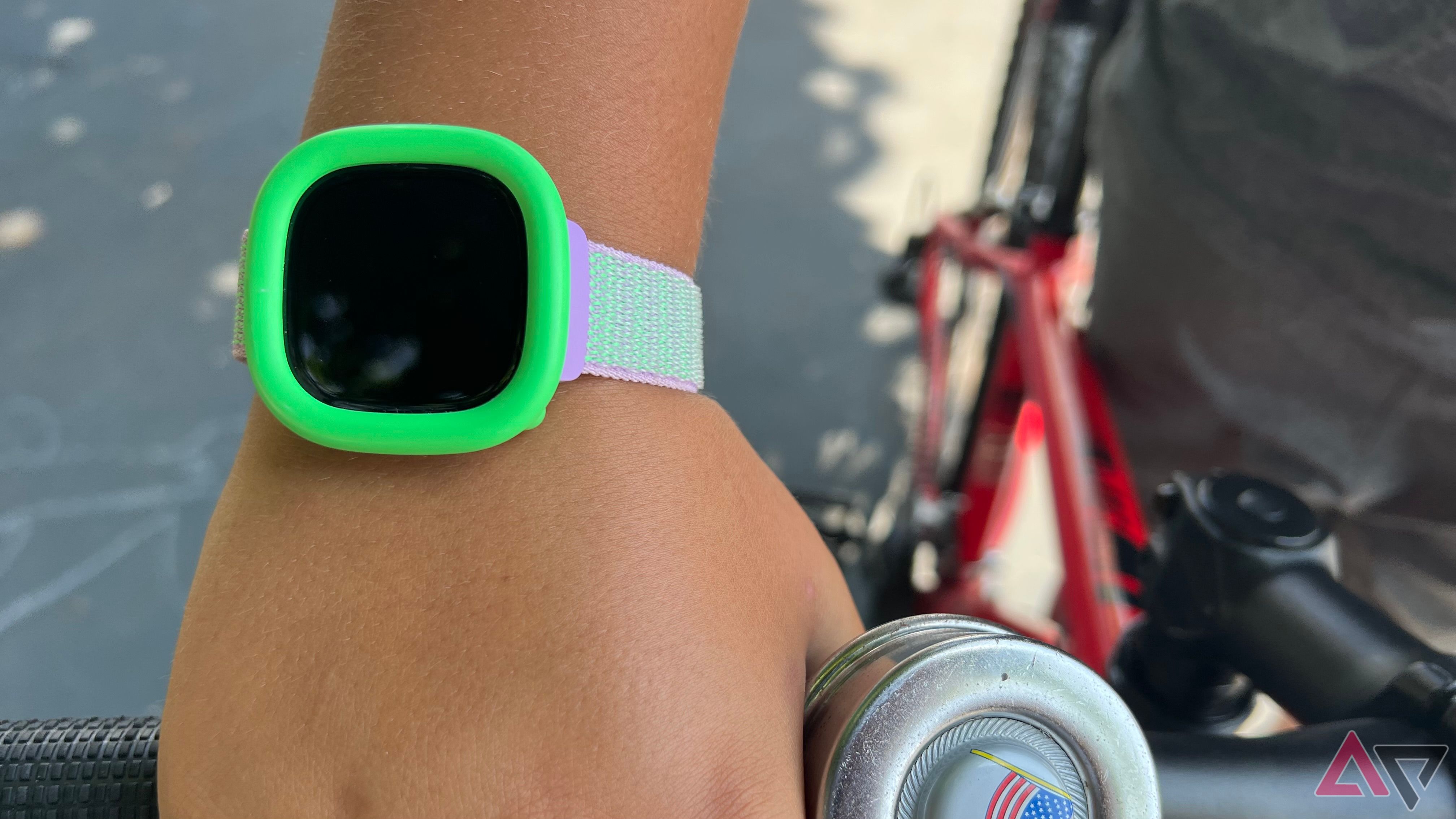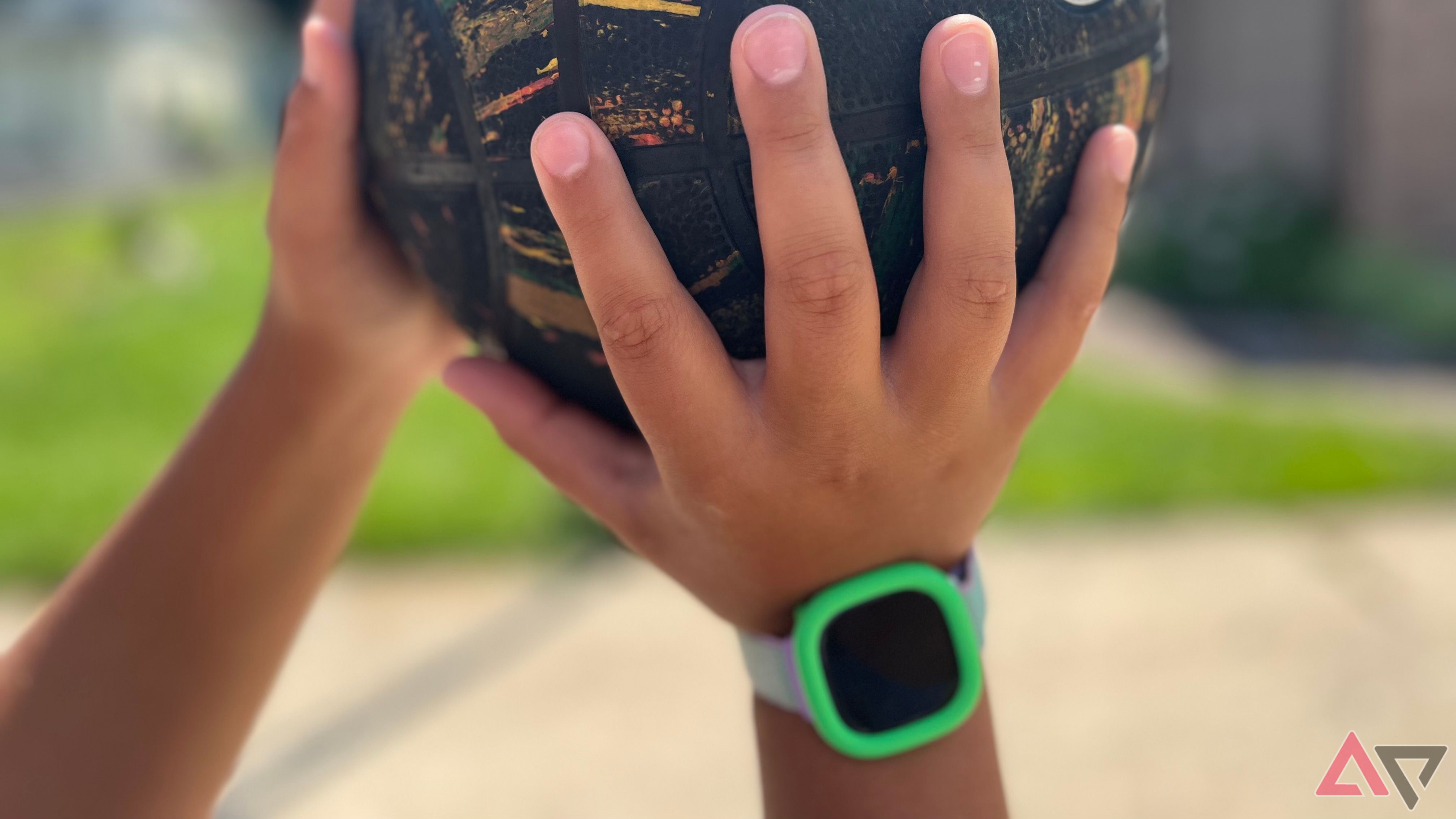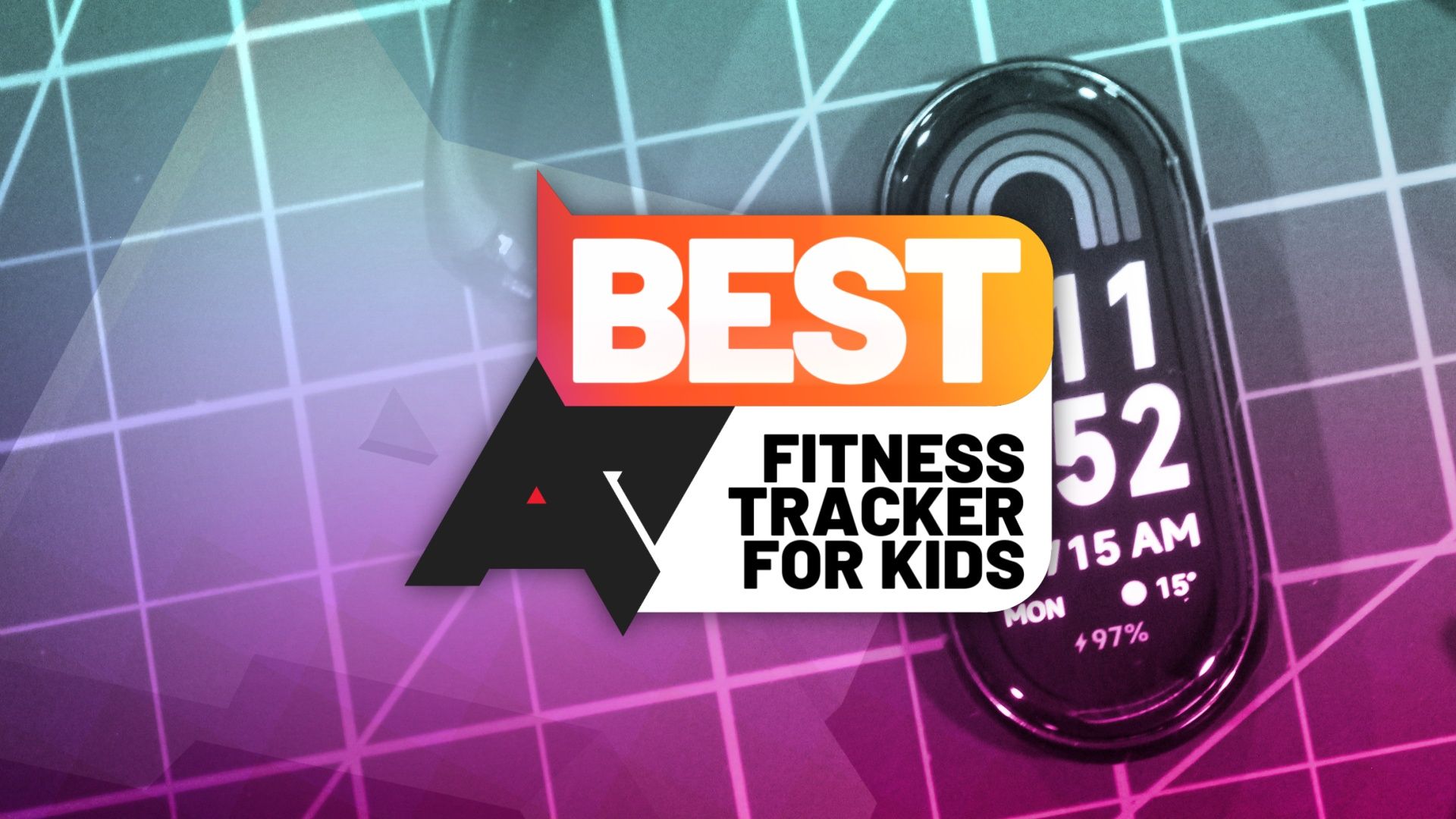Fitness
Google’s Fitbit Ace LTE is a near-perfect fitness tracker for kids
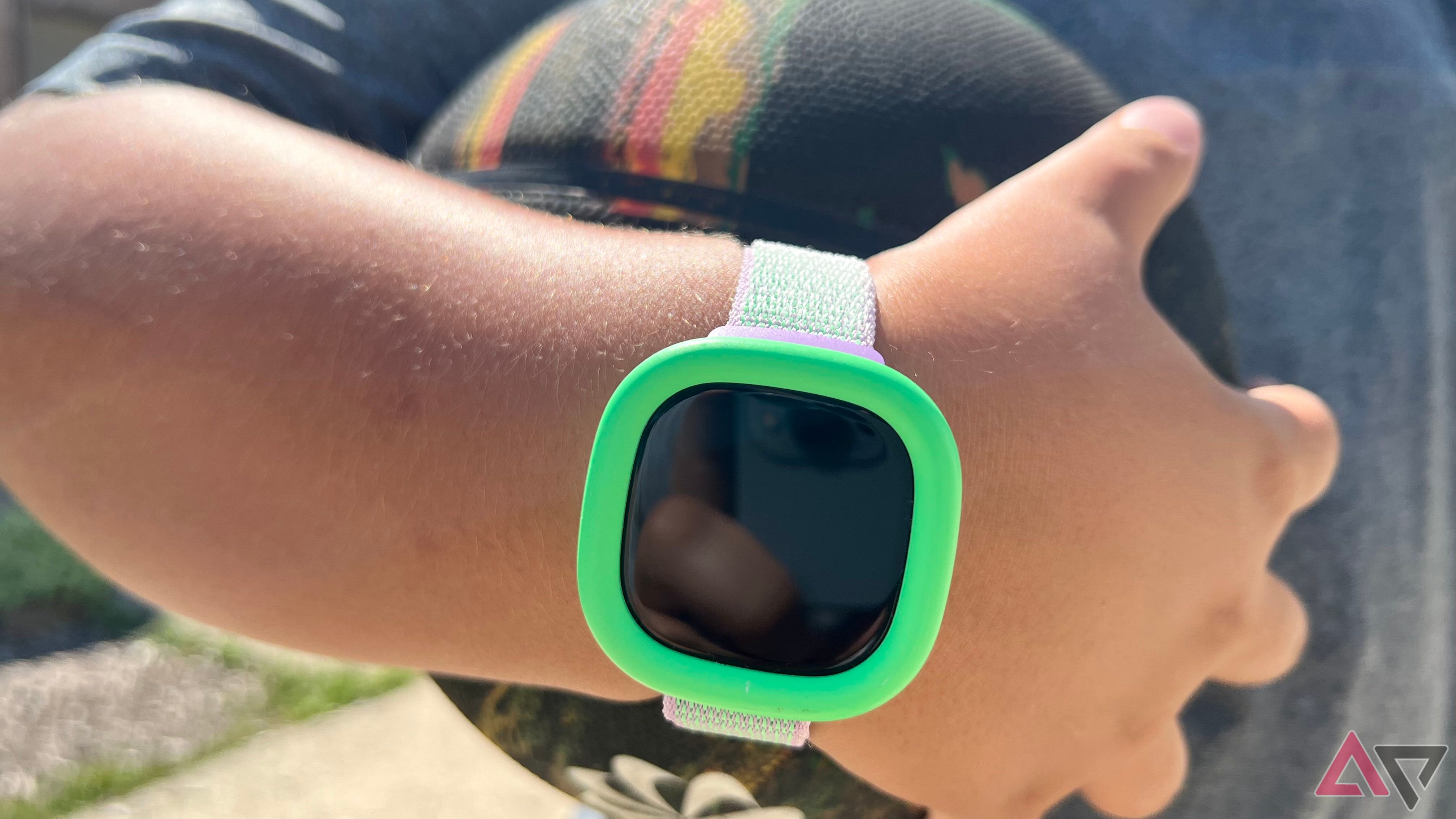
My oldest recently turned 12, and my wife and I had a rather lengthy discussion about whether to get him a phone. After all, he’s about to get his babysitter certificate, so in theory, we could go out on short dates and errands while he keeps an eye on his twin sisters. However, as a middle school teacher, I have my fair share of opinions on when kids should get their first smartphone.
Given the plethora of studies that show it’s best to wait until high school, I knew that whatever smart device we bought needed the best parental controls on the planet. Also, bonus points if it had limited or, better yet, no access to social media apps. Well, that’s when Google’s Fitbit Ace LTE serendipitously conjured itself from my subconscious and almost — almost — gave me what I was looking for.
Fitbit Ace LTE
Google’s Fitbit Ace LTE is an excellent fitness tracker for kids. It turns exercise on its head by encouraging active play with engaging games, achievable daily movement goals, and whimsical eejies. Parents will love the user-friendly parental controls and reliable location tracking. We wish the Ace LTE could make calls and texts outside of approved contacts within the Fitbit App, but it’s still a solid pick for kids (and parents) who aren’t quite ready for smartphones.
- Incredibly easy-to-use app for parental controls, location tracking, texting, and calling
- Effectively encourages kids to exercise via games, rewards, and daily goals
- Durable enough to handle drops, splashes, and scrapes
- Clear and bright OLED display
- Need to the Ace Pass to use any of this Fitbit’s best features
- Battery life doesn’t last nearly as long as advertised
- Eejies may not appeal to older kids
- Kids can’t text or call friends
Price, availability, and specs
Save those pennies
The Fitbit Ace LTE comes in two colors and corresponding bands to match. One is purple and green, and the other is more charcoal gray. Other bands are available and fall into two categories: Active Bands and Comfort Bands. The Active bands have a silicone-like material ideal for sweat-inducing sports, while the Comfort Bands are soft and stretchy, perfect for everyday wear.
The watch and subsequent bands are available on Amazon and the Google Store. The only exception is the Courtside Active Fitbit Ace (and Courtside band), which is currently exclusive to the Google Store. Wherever you buy it from, the Fitbit Ace LTE will set you back $229, a hefty price for a glorified fitness tracker. Plus, to enjoy all the key features, like the games, GPS location, and calling and text, you’ll need to subscribe to the Ace Pass, which is $10 monthly.
What’s good about the Google Fitbit Ace LTE?
Making exercise fun
As a dad of three, one of the greatest trepidations about buying a smartphone was that it was yet another device I’d need to monitor and regulate. Thankfully, as we said in our Biggerfive Vigor 2 review, good fitness trackers aren’t hard to find, and the beauty of the Google Fitbit Ace LTE is that it doesn’t require much. You do need to download the Fitbit app to your phone, but the setup is simple. Simply turn on the watch and follow the app prompts.
One of the first features you’re certain to note is the location sharing. Just click “Locate device” to see exactly where your kid is. And yes, the 4G LTE network is up to the task, even in my area, where reception is a black hole for most carriers. Seeing my son galivanting around the neighborhood gives me peace of mind, whether at parks, friends’ houses, or ballgames.
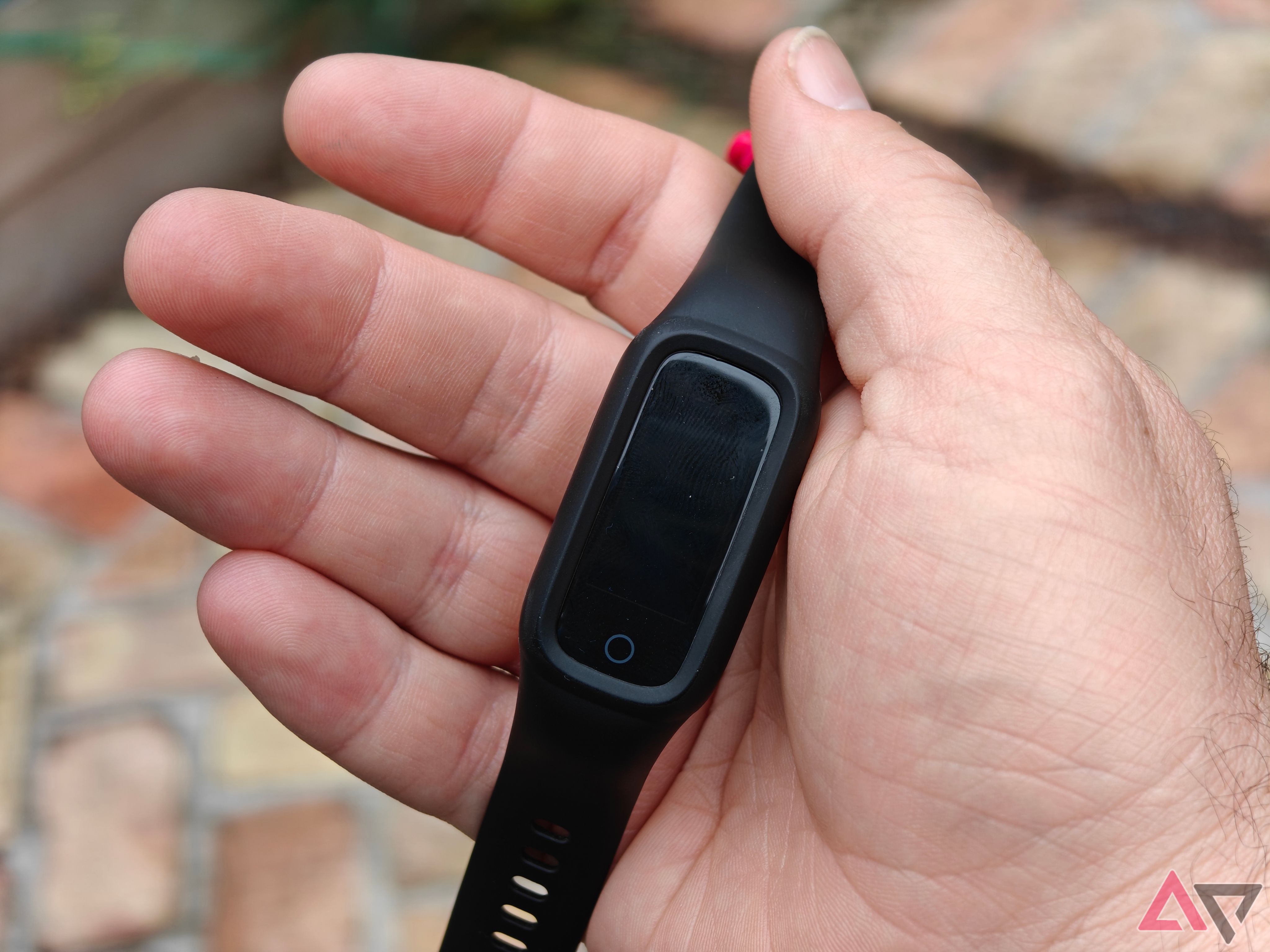
Read our review
Biggerfive Vigor 2 review: Perfectly priced fitness tracker for your kids
An easy way to help kids stay active while staying in control of their health data
Using the Fitbit app, you can also call and text your kids. Calls come in loud and crystal clear on both ends. My son had no problem calling me, though he did say texting was challenging because of the small display size. Still, all he had to do was press a button on the side of the watch. A screen then pops up showing his contacts. Speaking of contacts, your kid can only communicate with anyone you approve of. Whether that’s a good thing or not is a matter of opinion. More on that later.
But where the Fitbit Ace LTE absolutely shines is how it makes exercise fun. Sure, at its core, the Ace LTE is still a Fitbit: the heart rate sensor, magnetometer, altimeter, gyroscope, ambient light sensor, and accelerometer are all doing their thing. However, as far as your kid is concerned, the Ace LTE is a gaming watch, or a “micro-Switch” as my son calls it. Google cleverly masked the drudgery of exercise with several games and these human-ish creatures called eejies.
The eejies live in Bit Valley, a colorful world where you can buy accessories and clothes for them. Using tickets, kids can purchase everything from pinball machines to new rooms for their eejie’s home. One of the main ways they earn tickets is through daily quests. For example, one of my son’s quests was to walk 5,000 steps. Once he hit 5,000 steps, he bought some cool threads for his eejie.
Then there are the video games, with currently six available and more to come. My son’s fave is Galaxy Explorers, where he travels to other planets and fights off aliens. Since the goal is to keep kids from a sedentary lifestyle, game sessions last no longer than 5 minutes. If my son wants to keep playing, he has to earn “move points.” Note that the Ace LTE doesn’t call it “exercise.” Playing basketball, nerf gun fights, jumping up and down — any movement counts.
The Ace LTE also tracks movement goals with the Noodle, a fun graphic that loops around the watch (6 different Noodle graphics are included for each watch). The goal is to hit the World Health Organization’s recommendation of at least 60 minutes of moderate to vigorous movement. And you’d be surprised how much the Noodle alone will motivate your kid to move. My son loves watching the graphic slither towards the finish line.
Build-wise, the Fitbit Ace LTE is quite durable. We’ve already had a few drops on sidewalks and stairs. The watch has also been stuffed in gym bags and lost under crumb-ridden couch cushions. So far, the screen has remained scratch-free, courtesy of the Corning Gorilla Glass 3 screen. It’s water-resistant, up to 50 meters, but I won’t let my son swim with it. Saltwater and chlorinated pools could still cause issues with this watch. Still, our watch endured several pool splashes and a few downpours without skipping a beat,
What’s bad about the Google Fitbit Ace LTE?
Nobody’s perfect
First, it’s rather annoying that calls and texts must be made through the Fitbit app. Everyone, including grandparents, aunts, cousins, etc., will need this app to communicate with my 12-year-old. My son’s biggest complaint is that he can’t call or text his friends. That’s by design on Google’s part, but what’s frustrating is that at this point, even if you have a friend who owns an Ace LTE, you can’t text or communicate with each other. I don’t see why Google couldn’t allow texting and calling outside the app, especially considering its impressive parental features.
Another major ding is the battery life. Don’t get me wrong — the bright OLED display is beautiful and readable even under direct sunlight. But between that and the 4G LTE, my son hasn’t got more than 10 hours of battery life with moderate use. That’s 6 hours less than what Google advertises. On the plus side, the charge time is super fast; it only took the watch 25 minutes to hit 60%.
I’m also wondering whether the eejies are as cool as Google thinks they are. My son recently turned 12, and he truly digs the eejies. But kids grow fast in middle school, and I’m not sure if he’ll feel the same way this time next year when he’s 13. Google has said that the target range for the Ace LTE is 7-14, but I definitely couldn’t see my 14-year-old self wearing one of these.
Should you buy it?
Perfect for the right age
Despite my misgivings, I’m quite impressed with the Fitbit Ace LTE. In the short time my son has worn the watch, I’ve noticed he’s more inclined to ride his bike, shoot hoops, and even go on long walks. The games and eejie accessories are definite motivators. Even simple things like the Noodle and daily goals are enough for him to slip on the watch and begin his morning with movement.
If you want a device that encourages physical activity, the Fitbit Ace LTE is a solid option. It offers excellent parental controls and fun features to keep kids engaged. However, reliance on the Fitbit app for calls and texts and limited battery life are definite drawbacks. Additionally, older kids might quickly outgrow the charm of the eejies.
My hope is that Google will add more features that’ll grow with my son because I’d love to get at least a couple of years out of this watch. Otherwise, Google may want to change the age range for the Fitbit Ace LTE from 7-14 to 6-12. Of course, there are always other fitness trackers out there, so there’s always a chance that something else is a better fit.
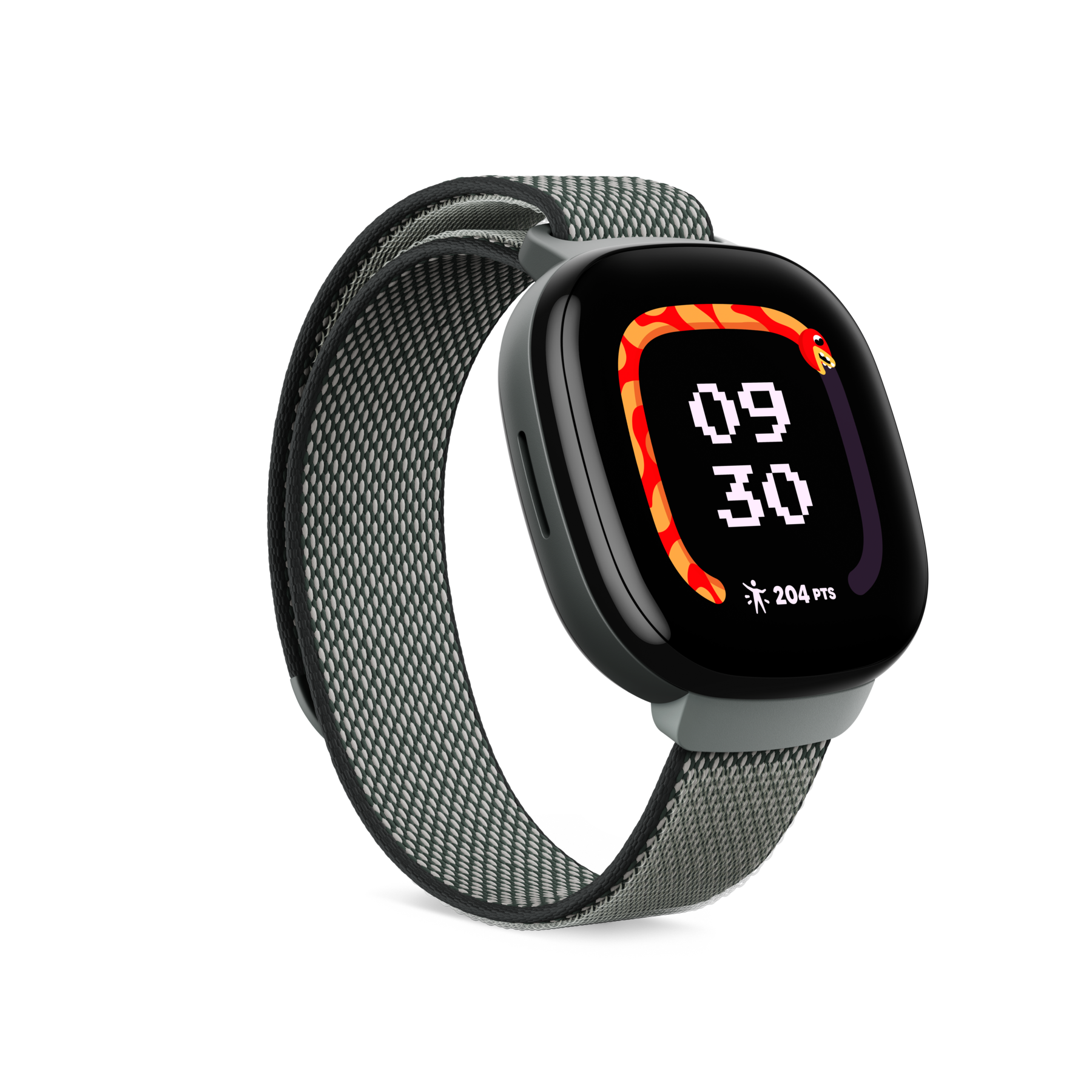
Fitbit Ace LTE
Google’s Fitbit Ace LTE is an excellent fitness tracker for kids. It turns exercise on its head by encouraging active play with engaging games, achievable daily movement goals, and whimsical eejies. Parents will love the user-friendly parental controls and reliable location tracking. We wish the Ace LTE could make calls and texts outside of approved contacts within the Fitbit App, but it’s still a solid pick for kids (and parents) who aren’t quite ready for smartphones.

